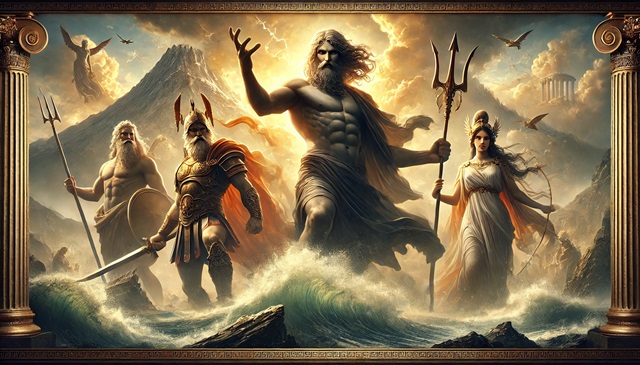Online Class: Norse Mythology 101

no certificate
with CEU Certificate*
-
8Lessons
-
17Exams &
Assignments -
761Students
have taken this course -
4Hours
average time -
0.4CEUs
Course Description
Norse Narratives: A Deep Dive into the Viking Vision of the Universe
Thor, Odin, Valhalla – these names resonate with a sense of ancient power and mystique, but how much do we truly know about the ethereal world they encompass? Step back in time and immerse yourself in the enchanting realm of the Norse – the audacious Vikings, the resplendent Scandinavians, civilizations that once etched their indomitable spirit across the annals of history. Theirs is a tapestry woven with threads of faith, legend, and valor that has left even the most astute historians spellbound.
Marvel at a religious panorama that flourished for over a millennium, a testament to its profound impact, given that its tenets remained unwritten. Ponder on the enduring legacy of Norse gods, figures that, though no longer objects of mainstream worship, continue to captivate our collective consciousness.
Embark on a voyage into the heart of Norse ethos where valor and epic adventures eclipse conventional morality. Envision a realm where fiery wolves roam with menace, only to meet their fate at the hands of mere mortals. It's a world of paradoxes where life melds with death, battles resonate with peace, and gods confront mortality. Delve into the foundations of Viking spirituality, from treacherous oceanic quests to rituals as profound as human sacrifice. Walk the revered pathways of Uppsala, sensing the might of Thor's hammer with every step. Experience the grandeur of Valhalla in all its glory and discover the valiant deeds believed to earn one a place in that celestial hall.
Have you ever been intrigued by the worldview of some of history's most intrepid voyagers? Seek answers as you traverse through their eyes, unveiling secrets of a culture rich in myths, might, and mystery. Join us on this exhilarating exploration of the Norse narrative, and satiate your curiosity like never before!
Course Motivation
You approach the temple, and within it you see three grand statues. In the middle, an imposing male figure stands holding what appears to be an upside-down cross and on either side of him, two other deities. You have come upon the Temple of Uppsala, one of the most spiritual sites of the Norse empire, and are standing before the image of Thor, flanked by the gods Odin and Freyr. Turning around to look out the door, you see people gathering, pulling livestock into the grove and building pyres. This evening the community will celebrate by slaying the animals and even hanging their fellow men from the trees outside by their necks. It has been nine years since the last Walpurgis festival, which paid homage to Odin's nine days of torment hanging from the Yggdrasil, the World Tree (or the tree of life).
Names within this ancient story, Odin, Thor, Freyr, even the Yggdrasil, are in popular use today. The Yggdrasil tree is, for example, a central plot point many of the games that compose the Dragon Warrior/Dragon Quest video game series that has sold nearly 60 million games with 26 total games in the series, making it the third best-selling role-playing game (RPG) series of all time. A film based on the comic book character, Thor, who himself is based on the Norse god, raked in nearly $450 million worldwide in 2011. Odin is also a comic book character today, and a common character in the Final Fantasy RPG video game series, the best-selling series of all time. Odin is said to be the inspiration for J.R.R. Tolkien's Lord of the Rings character, Gandalf.
While we still pay homage to the Norse deities and places of worship in popular culture, we also still follow many of the traditions that originated with the Norse people. Christmas, for example, is celebrated during the same time as the Norse festival of Jul (Yul), the Norse New Year; the exchanging of gifts on Christmas morning, a Jul tradition; the lighting of the Yule log, a Jul tradition; the hanging of mistletoe, a Jul tradition. Jul was celebrated between December 20 and December 31 -- 12 days, just like the 12 days of Christmas (though we now finish on the 25th). The holiday season is called Christmas today, because the god Freyr was replaced by Jesus Christ during the conversion of the Norse people to Christianity.
The festival started with the children of Norse towns leaving their shoes outside of their doors filled with oats and other feed for Odin's great horse, Sleipnir (which had eight (8) legs, to feed from as he rode throughout the land on the evening of December 20th, an event called the Wild Ride. In exchange, the children would each receive a treat, a celebration that continues today with the leaving of cookies for our modern Santa Claus, in order to receive stocking stuffers; or, in a more direct homage, carrots for Santa's reindeer in the slippers of children in Northern Europe.
- Completely Online
- Self-Paced
- Printable Lessons
- Full HD Video

- 6 Months to Complete
- 24/7 Availability
- Start Anytime
- PC & Mac Compatible
- Android & iOS Friendly
- Accredited CEUs
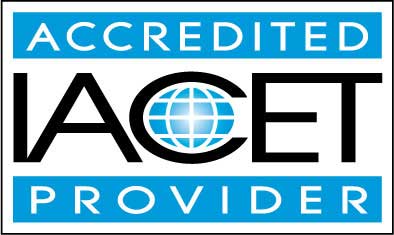
Course Lessons
Lesson 1. Norse Worship
 Lesson 1 Video A
Lesson 1 Video A
 Lesson 1 Video B
: Lesson Discussion
Lesson 1 Video B
: Lesson Discussion
 Lesson discussions: Norse Mythology; Reasons for Taking this Course
Lesson discussions: Norse Mythology; Reasons for Taking this Course Complete Assignment: An Introduction
Complete Assignment: An Introduction Assessment: Lesson 1 Exam
Assessment: Lesson 1 Exam
Lesson 2. The Gods
 Lesson 2 Video A
Lesson 2 Video A
 Lesson 2 Video B
: Lesson Discussion
Lesson 2 Video B
: Lesson Discussion
 Complete Assignment: Norse gods and goddesses
Complete Assignment: Norse gods and goddesses Assessment: Lesson 2 Exam
Assessment: Lesson 2 Exam
Lesson 3. The Eddas
 Lesson 3 Video A
Lesson 3 Video A
 Lesson 3 Video B
: Lesson Discussion
Lesson 3 Video B
: Lesson Discussion
 Complete Assignment: The Eddas
Complete Assignment: The Eddas Assessment: Lesson 3 Exam
Assessment: Lesson 3 Exam
Lesson 4. Other Texts
 Lesson 4 Video A
Lesson 4 Video A
 Lesson 4 Video B
: Lesson Discussion
Lesson 4 Video B
: Lesson Discussion
 Lesson discussions: Norse Texts
Lesson discussions: Norse Texts Complete Assignment: Other Texts
Complete Assignment: Other Texts Assessment: Lesson 4 Exam
Assessment: Lesson 4 Exam
Lesson 5. Pre-Norse Mythology
 Lesson 5 Video A
Lesson 5 Video A
 Lesson 5 Video B
: Lesson Discussion
Lesson 5 Video B
: Lesson Discussion
 Complete Assignment: Pre-Norse Mythology
Complete Assignment: Pre-Norse Mythology Assessment: Lesson 5 Exam
Assessment: Lesson 5 Exam
Lesson 6. The Sagas
 Lesson 6 Video A
Lesson 6 Video A
 Lesson 6 Video B
: Lesson Discussion
Lesson 6 Video B
: Lesson Discussion
 Complete Assignment: The Sagas
Complete Assignment: The Sagas Assessment: Lesson 6 Exam
Assessment: Lesson 6 Exam
Lesson 7. Iconography and Art
 Lesson 7 Video A
Lesson 7 Video A
 Lesson 7 Video B
: Lesson Discussion
Lesson 7 Video B
: Lesson Discussion
 Complete Assignment: Art and Iconography
Complete Assignment: Art and Iconography Assessment: Lesson 7 Exam
Assessment: Lesson 7 Exam
Lesson 8. Norse Mythology and the World
 Lesson 8 Video A
Lesson 8 Video A
 Lesson 8 Video B
: Lesson Discussion
Lesson 8 Video B
: Lesson Discussion
 Lesson discussions: What is your opinion of this course?; Program Evaluation Follow-up Survey (End of Course); Course Comments
Lesson discussions: What is your opinion of this course?; Program Evaluation Follow-up Survey (End of Course); Course Comments Complete: The Final Assignment
Complete: The Final Assignment Assessment: Lesson 8 Exam
Assessment: Lesson 8 Exam Assessment: The Final Exam
Assessment: The Final Exam
Learning Outcomes
- Describe Norse worship and the gods.
- Describe The Eddas.
- Describe Pre-Norse Mythology.
- Summarize The Sagas.
- Summarize Iconography and Art of Norse Mythology.
- Demonstrate mastery of lesson content at levels of 70% or higher.
Additional Course Information

- Document Your Lifelong Learning Achievements
- Earn an Official Certificate Documenting Course Hours and CEUs
- Verify Your Certificate with a Unique Serial Number Online
- View and Share Your Certificate Online or Download/Print as PDF
- Display Your Certificate on Your Resume and Promote Your Achievements Using Social Media

Choose Your Subscription Plan
No Certificate / No CEUs
This course only
| Includes certificate | X |
| Includes CEUs | X |
| Self-paced |

|
| Instructor support |

|
| Time to complete | 6 months |
| No. of courses | 1 course |
Certificate & CEUs
This course only
| Includes certificate |

|
| Includes CEUs |

|
| Self-paced |

|
| Instructor support |

|
| Time to complete | 6 months |
| No. of courses | 1 course |
Certificates & CEUs
Includes all 600+ courses
| Includes certificate |

|
| Includes CEUs |

|
| Self-paced |

|
| Instructor support |

|
| Time to complete | 12 Months |
| No. of courses | 600+ |
Certificates & CEUs
Includes all 600+ courses
| Includes certificate |

|
| Includes CEUs |

|
| Self-paced |

|
| Instructor support |

|
| Time to complete | 24 Months |
| No. of courses | 600+ |
Student Testimonials
- "This was fascinating and covered areas that I did not expect but was delighted to explore. Thank you for creating such an interesting course." -- Janessa U.
- "I really enjoyed this class and am glad I took it. I certainly want to take the other mythology classes you mentioned throughout Norse Mythology since certain aspects are related. It was definitely a class that helped me learn about a subject I was interested in." -- Sunni C.
- "Very interesting and informative!" -- Elizabeth M.
- "The course was very well put together. Thanks!" -- Jenni V.
- "I liked having information on the Norse people themselves, including details on the temples and rituals, and enjoyed the historical portion." -- Jay L.
- "Good stuff!" -- Kyle B.
- "I love how easy the class was to use!" -- Donnie G.
Related Courses
-
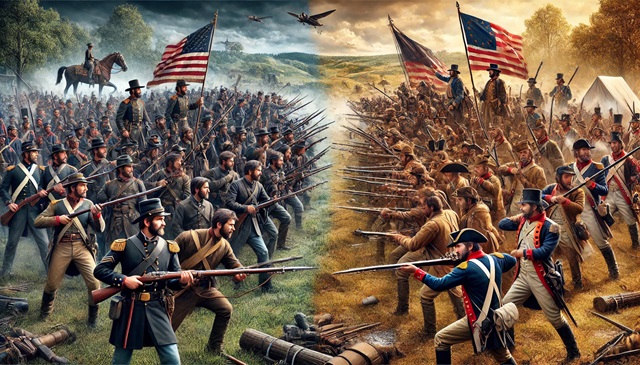 21 hours
2.1 CEUs
American Wars: American Revolution and Civil War
+ More Info
21 hours
2.1 CEUs
American Wars: American Revolution and Civil War
+ More Info
-
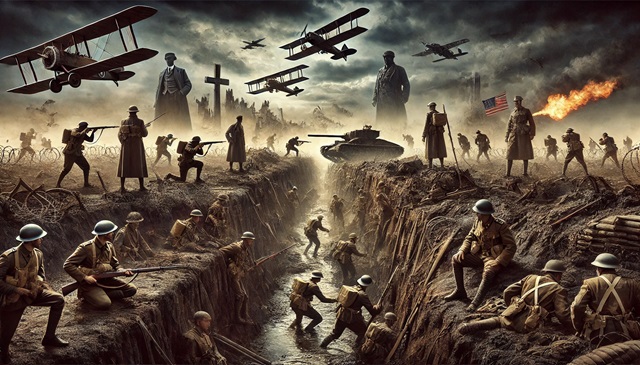 27 hours
2.7 CEUs
World War l and ll
+ More Info
27 hours
2.7 CEUs
World War l and ll
+ More Info
-
 8 hours
0.8 CEUs
Christianity 101: An Introduction
+ More Info
8 hours
0.8 CEUs
Christianity 101: An Introduction
+ More Info
-
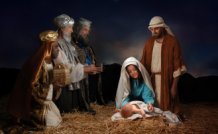 9 hours
0.9 CEUs
Bible Stories
+ More Info
9 hours
0.9 CEUs
Bible Stories
+ More Info
-
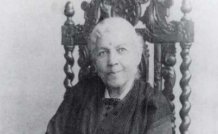 3 hours
0.3 CEUs
Twenty African Americans Who Changed History
+ More Info
3 hours
0.3 CEUs
Twenty African Americans Who Changed History
+ More Info
-
 23 hours
2.3 CEUs
Historical Fiction Writing
+ More Info
23 hours
2.3 CEUs
Historical Fiction Writing
+ More Info
-
 8 hours
0.8 CEUs
American Heroes and Villains
+ More Info
8 hours
0.8 CEUs
American Heroes and Villains
+ More Info
-
 16 hours
1.6 CEUs
American Government
+ More Info
16 hours
1.6 CEUs
American Government
+ More Info
-
 7 hours
0.7 CEUs
History's Greatest Conspiracies
+ More Info
7 hours
0.7 CEUs
History's Greatest Conspiracies
+ More Info
-
 4 hours
0.4 CEUs
Salem Witch Trials
+ More Info
4 hours
0.4 CEUs
Salem Witch Trials
+ More Info
-
 13 hours
1.3 CEUs
American History Review
+ More Info
13 hours
1.3 CEUs
American History Review
+ More Info
-
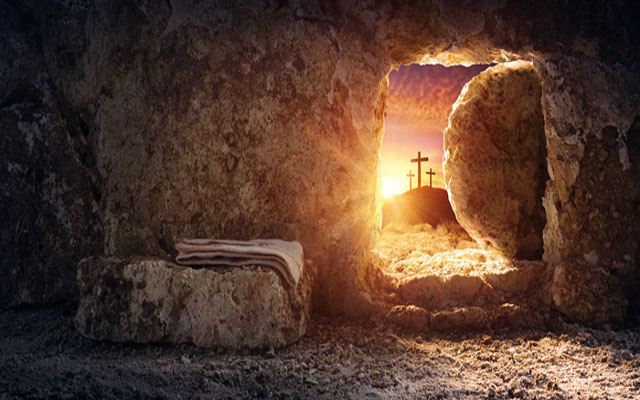 9 hours
0.9 CEUs
World Religions 101
+ More Info
9 hours
0.9 CEUs
World Religions 101
+ More Info
-
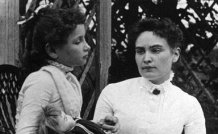 8 hours
0.8 CEUs
Twenty Women Who Changed American History
+ More Info
8 hours
0.8 CEUs
Twenty Women Who Changed American History
+ More Info



